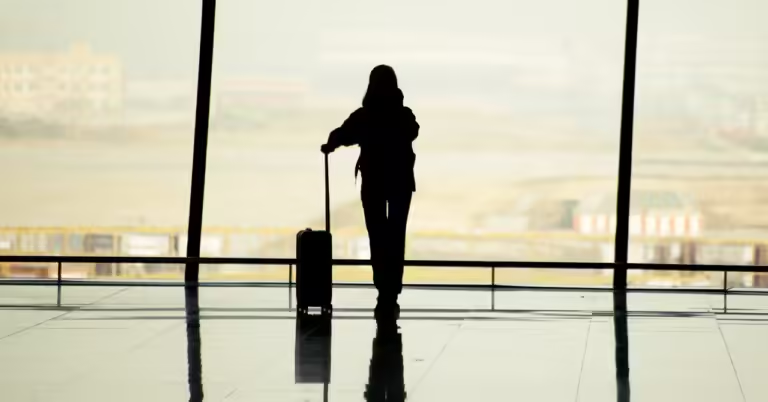It’s pretty common You’re bound to experience pre-flight jitters, especially if it’s been a while since your last plane trip. What if you forget an important document at home? What if you get lost at the airport and miss your flight? What if you fart while the plane is in the air and everyone turns around and looks at you in disgust?
Now, I don’t know what to do about that last concern, but I can give you some good advice to help you stay calm for your next trip. As someone who has flown tens of thousands of miles over the past few years, I feel I’m qualified to share some hard-earned tips that will help you survive long-distance travel.
Carry your documents with you and On your mobile phone
You probably already know to carry photo ID, passport, and any other documents you’ll need at your destination. But before you leave, take photos of all your documents and save them on your phone. Make sure the photos are clear and legible, and back them up to the cloud if possible, so if anything happens to your physical documents, you’ll have a record. For extra peace of mind, email yourself photos of your documents so you have another place to access them if your phone is damaged or lost. Also, some destinations may require proof of vaccinations, so make sure you have those documents (and photos of them) with you, too.
Tag and track your bags
AirTags and similar devices are great for keeping an eye on your luggage when you’re not carrying it. I carry AirTags in all of my purses, backpacks, and checked luggage so I can see where my luggage is and how close it is every time I travel.
This was especially helpful when I left my checked luggage on a flight from the US to Australia. I could see on the map that my luggage was still at my home airport, see what time it arrived at the Australian airport, and show the baggage handler that it was nearby when I went to look for it at the terminal. Arriving somewhere without luggage can be quite panicky, so it’s really helpful to at least know where your suitcase is at any given time, even if you’re thousands of miles away.
After much back and forth with the airline, I eventually got my luggage back, and AirTags gave me the confidence to keep going until I got my bags again.
Bring multiple adapters that will work at your destination
If you’re traveling to another country, there’s a good chance that the plug sockets there won’t match what you’re used to. Many hotels and airports have USB charging ports built into the plug sockets, but just to be safe, find out what plugs are used in your destination country and pack some adapters. Here are some suggestions:
yes, somebringing only one can be very frustrating as you have to swap devices between the one available plug. I usually travel with three adapters, but still wish I had more. You can never have too many things ready to plug in.
Make sure you are not carrying any prohibited items
When I first came to Australia, I learned that the country has some pretty strict entry requirements, including bans on many types of food and agricultural products. Even the dirt left on your boots from a trip to a farm can be a source of contamination for the local flora and fauna.
Be careful not to accidentally bring in anything that could cause delays or confiscation at customs. This includes seeds, nuts, dairy products, meat products, plants, herbs, stones, and soil. Always carry medications in prescription bottles with your name on them, and make sure they are not banned in your destination. Each country has its own list of prohibited items, and these lists change frequently, so always check the tourist board or state department website of the country you’re visiting before traveling.
For example, U.S. Customs and Border Protection maintains a list of prohibited and restricted items for everyone entering the U.S., and also provides links to other departments if you need a permit. When in doubt, leave it at home. There’s nothing more frustrating than a long wait at customs after a 15-hour flight.
Pack your carry-on luggage for easy access
When I fly, my carry-on backpack almost always contains the same things: my laptop, a charging cable and charger, a bottle of drink, a change of clothes, a few toiletries, snacks, tissues, gum, a book, and earphones.
Some things I want to access on the plane, others I won’t touch during the flight. Due to limited space under my seat and a deep-rooted desire to avoid bothering those around me by bending over or pulling, I’ve developed a way to reach the things I need most. I keep tissues, gum, snacks, and charging cables in the outer pouches of my backpack, where they’re most easily accessible. On the inside of my backpack, I pack the items I’ll need most, at the top, where they’re most easily accessible.

